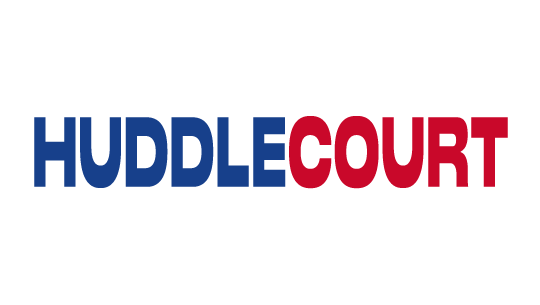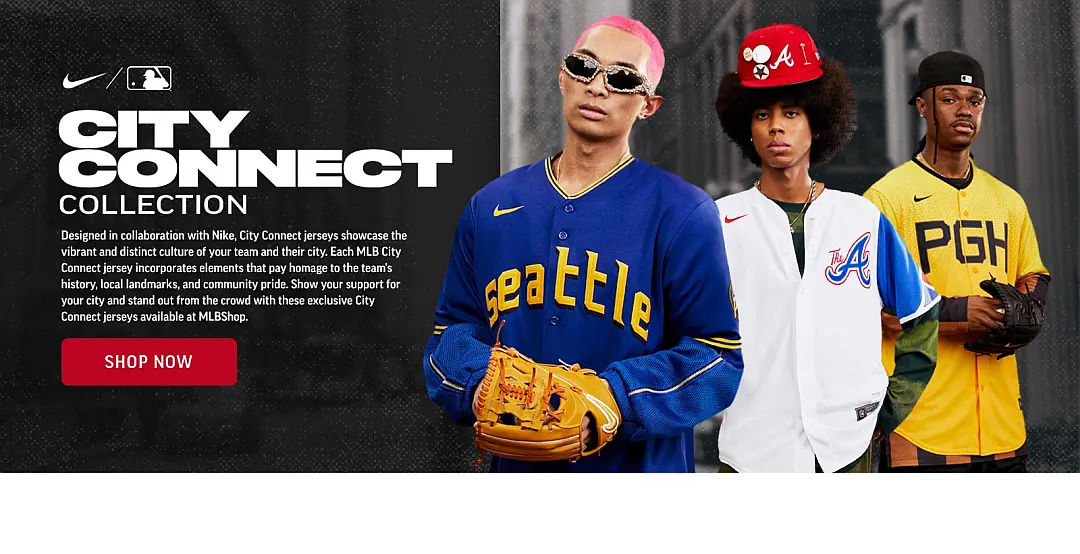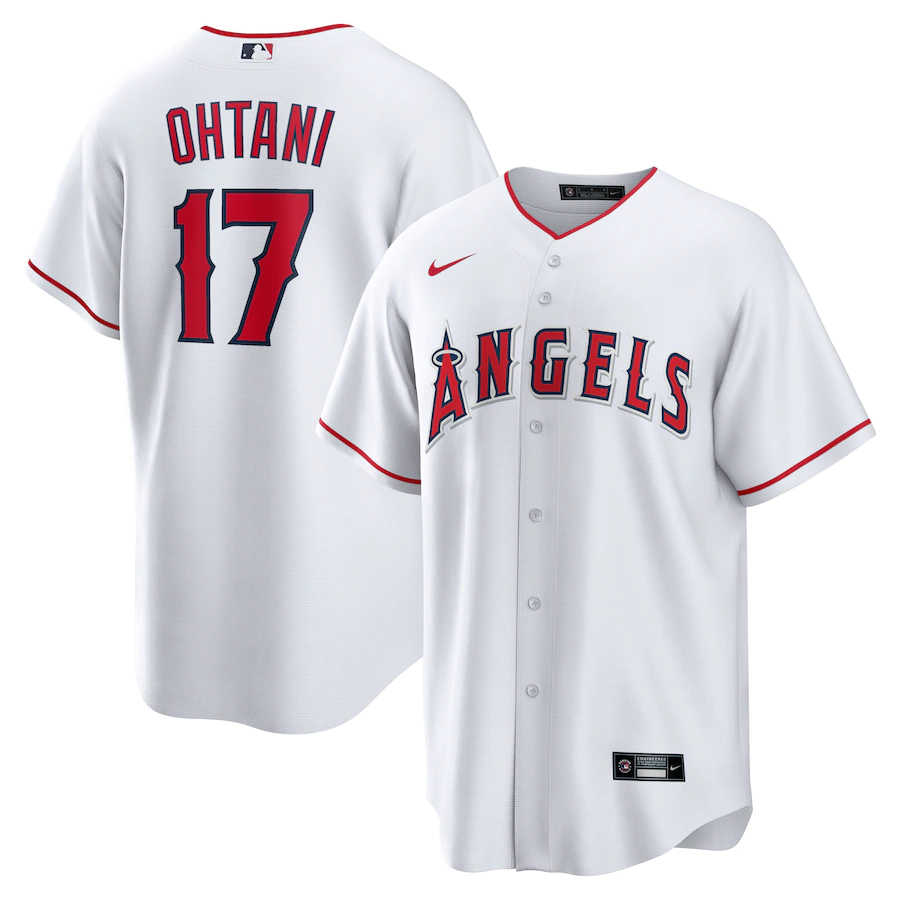What Is It Called When You’re Facing the Pitcher in Baseball?
When you’re “AT BAT,” it means you are facing the pitcher as a batter. “AT BAT” is also a statistic (AT-BAT) used to determine a player’s batting average. It occurs when a batter reaches base via a fielder’s choice, hit, or an error (excluding catcher’s interference) or is put out on a non-sacrifice play.
What Does a Pitcher Allow in a Baseball Shutout?
In a baseball shutout, a pitcher allows no runs in a game. This impressive feat is credited to a pitcher who successfully prevents the opposing team from scoring any runs.
What Is the Role of the Pitcher in Baseball?
The pitcher’s role in baseball is to throw the ball over the plate in a way that makes it challenging for the batter to hit. Control, or the ability to consistently throw strikes and minimize bases on balls, is more important than velocity. The pitcher’s primary objective is to retire the batter, either through strikeouts or inducing batted outs.
Why Is a Baseball Pitcher Called a Pitcher?
In baseball, the player who throws the baseball from the pitcher’s mound toward the catcher to begin each play is called the pitcher. The term “pitcher” refers to their primary action of pitching the ball.
Why Do Pitchers Have to Face 3 Batters?
The rule requiring pitchers to face a minimum of three batters was introduced to reduce excessive pitching changes. Managers would often switch pitchers frequently to gain favorable matchups. Now, pitchers must face at least three batters before being replaced, with exceptions for injuries and illnesses.
What Does “Pitching Backwards” Mean in Baseball?
Pitching backwards in baseball refers to a strategy where a pitcher uses their secondary offerings, like breaking balls or changeups, early in the count rather than relying on fastballs. This tactic aims to surprise the hitters, as they typically expect fastballs early in the count and off-speed pitches later.
How Many Batters Can a Pitcher Face?
A pitcher can face a minimum of three batters in an inning. If a pitcher enters the game to face only one batter and ends the inning, they may be removed without facing additional batters. However, if the pitcher comes back for the next inning, they must face at least two more batters for a total of three.
Why Do Pitchers Cover Their Face in Baseball?
Pitchers cover their mouths with their gloves while discussing strategy on the mound to prevent opposing players from reading their lips and gaining insight into their game plan. This ensures that what is said on the pitcher’s mound stays confidential and does not give the opponent an advantage.
Please note that Huddlecourt and its content providers may receive compensation for some links to products and services featured on this website. Rest assured that we have handpicked these products to provide you with the best options available.
Why Do Pitchers Not Have to Bat in Some Baseball Games?
In certain baseball games, designated hitters (DHs) are used in place of pitchers to bat. The DH rule is adopted by the American League, while pitchers continue to bat in games played at National League parks. The DH allows teams to have a specialized hitter in the lineup instead of relying on the pitcher’s batting abilities.
Why Do Batters Always Take the First Pitch in Baseball?
Batters may choose to take the first pitch to avoid falling behind early in the count. By taking the first pitch, they have a 46% chance of being down 0-1, whereas swinging at the first pitch increases the likelihood of being down 0-1 to 64%. Taking the first pitch allows batters to assess the pitcher’s offerings and improve their chances of success.
What Is the Three-Hitter Rule in Baseball?
The three-hitter rule requires pitchers to face a minimum of three batters or pitch to the end of a half-inning, with exceptions for injuries and illnesses. This rule aims to reduce delays caused by frequent pitching changes during a game.
Can a Pitcher Step to Third Base and Not Throw in Baseball?
If, with runners on first and third base, the pitcher steps toward third without throwing, only to bluff the runner back to third, it is considered a balk. A balk results in advancing the runners one base. However, it is legal for a pitcher to feint a throw to second base.
Do MLB Pitchers Still Have to Face 3 Batters?
Yes, the three-batter minimum rule remains in effect for all MLB games, including playoff games. Relief pitchers must face at least three batters or complete the current half-inning, except in the case of injury or illness.
Can a Pitcher Be a Batter in MLB?
Yes, a pitcher who bats for themselves can also be designated as the team’s designated hitter (D/HP) on the lineup card. This allows the pitcher to continue batting even after they are removed from the mound.
What Does Three Fingers Mean in Baseball?
When the catcher puts down three fingers as a sign, it indicates a slider pitch. The three fingers signal the pitcher to throw a slider, which is a breaking ball that moves laterally.
Can a Pitcher Throw to Third in Baseball?
Yes, a pitcher can throw to third base during a game. However, they must complete the throw to third; otherwise, it may be considered a balk if they use it as a fake throw to deceive the runner.
Why Do Batters Not Swing at the First Pitch in Baseball?
Batters may choose not to swing at the first pitch to assess the pitcher’s offerings and gain insights into their strategy. By observing the first pitch, batters can make better-informed decisions and potentially avoid falling into unfavorable counts.
What Does 6-4-3 Mean in Baseball?
In baseball, 6-4-3 refers to a double play sequence where the shortstop (6) fields a batted ball, throws to the second baseman (4) to force out a runner, and then the second baseman throws to the first baseman (3) to complete the double play.
What Does 4-6-3 Mean in Baseball?
In baseball, 4-6-3 signifies a double play sequence where the second baseman (4) fields a batted ball, throws to the shortstop (6) to force out a runner, and then the shortstop throws to the first baseman (3) to complete the double play.
Can a Pitcher Walk a Hitter in Baseball?
Yes, a pitcher can walk a hitter by throwing four balls outside the strike zone. A walk allows the hitter to advance to first base without making contact with the ball.
Can a Pitcher Pitch the Entire Game in Baseball?
Yes, a pitcher earns a complete game if they pitch the entire game for their team, regardless of its duration. Whether the game is shortened by rain or extends into extra innings, the pitcher’s contribution to the full game qualifies as a complete game.
Can a Pitcher Play Catcher in Baseball?
If a pitcher reaches 40 pitches while facing a batter, they may continue to pitch and remain eligible to play the position of catcher for the rest of the day, unless certain conditions occur, such as the batter reaching base or getting out.
Can a Pitcher Bat in MLB Games?
Yes, a pitcher who bats for themselves can also serve as the designated hitter (D/H) in the lineup after finishing their pitching duties. This rule allows the pitcher to continue batting even after being replaced as the pitcher.
More Baseball Content on Huddlecourt
Click here to read more and discover why MLB is taking the world by storm. Let the excitement begin!







